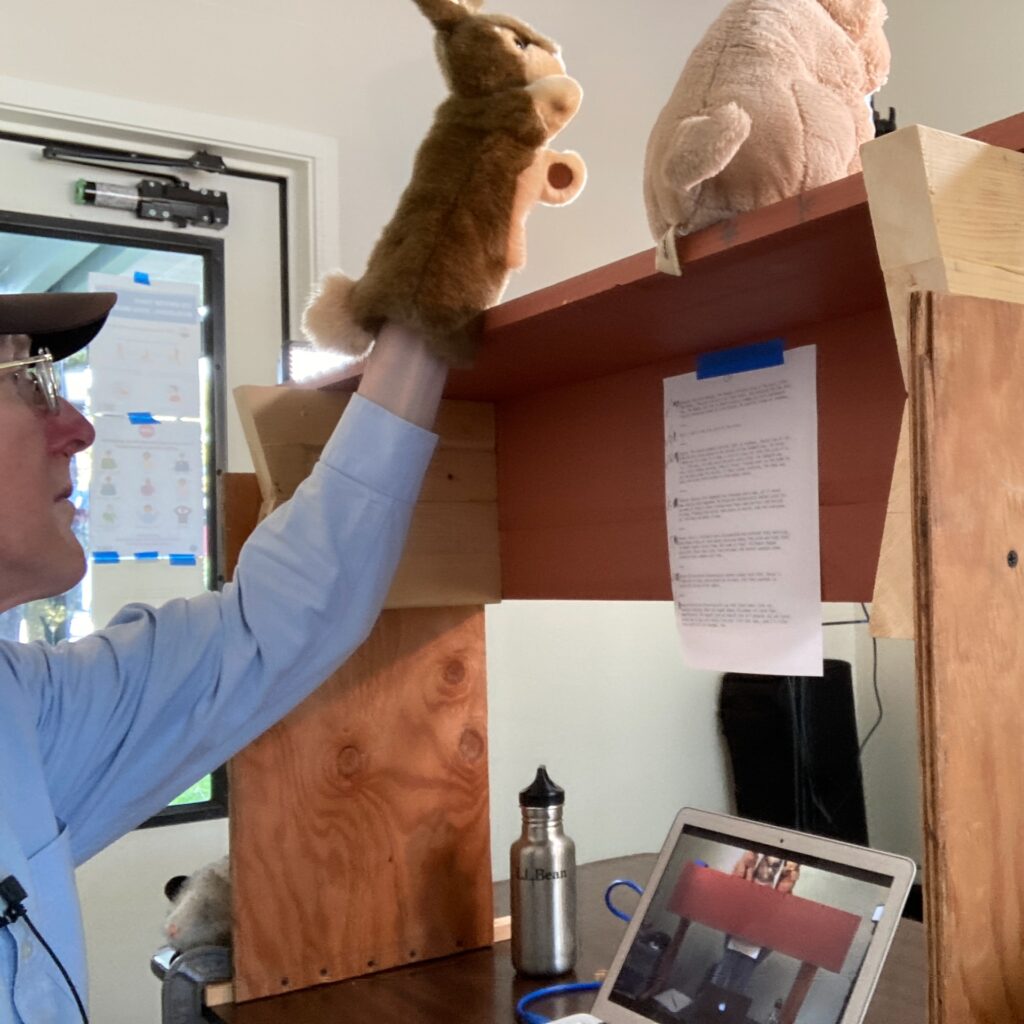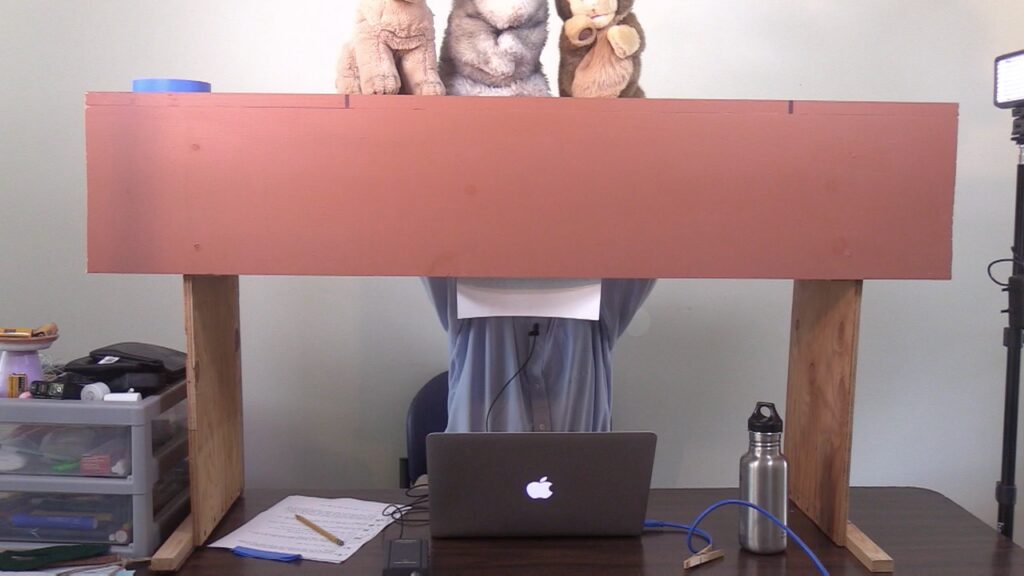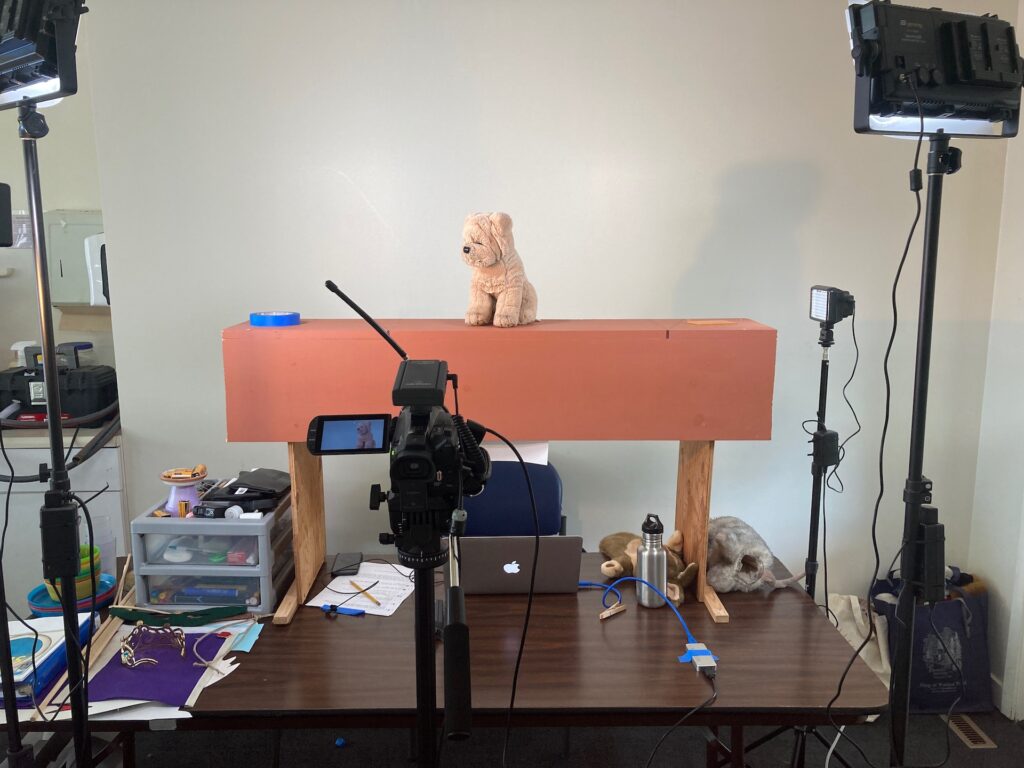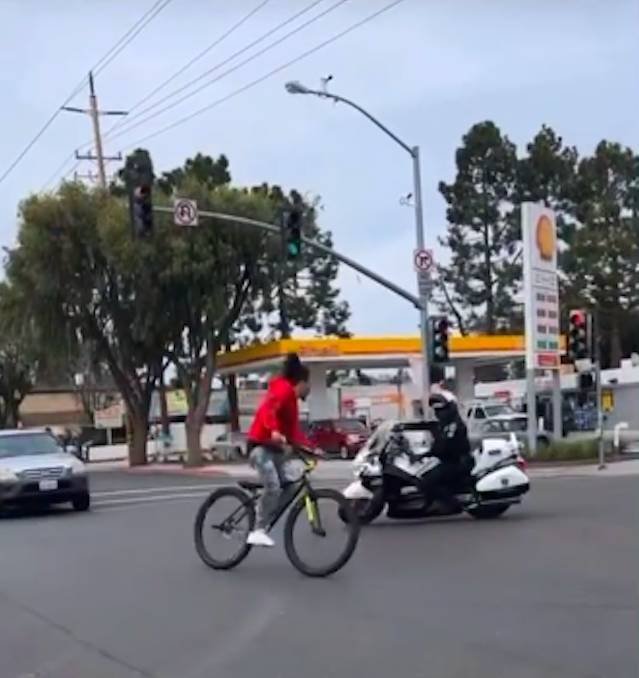Sometimes another blogger says what you want to say, but better, and more concisely. Earlier today, Scottish blogger and science fiction author Charles Stross wrote about how the Supreme Court of the United States intends to overturn Roe v. Wade, saying in part:
“It is unwise to underestimate the degree to which extreme white supremacism in the USA is enmeshed with a panic about ‘white’ people being ‘out-bred’ by other races. This also meshes in with extreme authoritarian patriarchal values, the weird folk religion that names itself “Christianity” and takes pride in its guns and hatred of others, homophobia, transphobia, an unhealthy obsession with eugenics (and a low-key desire to eliminate the disabled which plays into COVID19 denialism, anti-vaxx, and anti-mask sentiment), misogyny, incel culture, QAnon, classic anti-semitic Blood Libel, and Christian Dominionism (which latter holds that the USA is a Christian nation—and by Christian they mean that aforementioned weird folk religion derived from protestantism I mentioned earlier—and their religious beliefs must be enshrined in law).”
That just about covers it, doesn’t it.
Next, let us discuss how Margaret Atwood’s A Handmaid’s Tale is about to jump genres, from science fiction into historical fiction….





